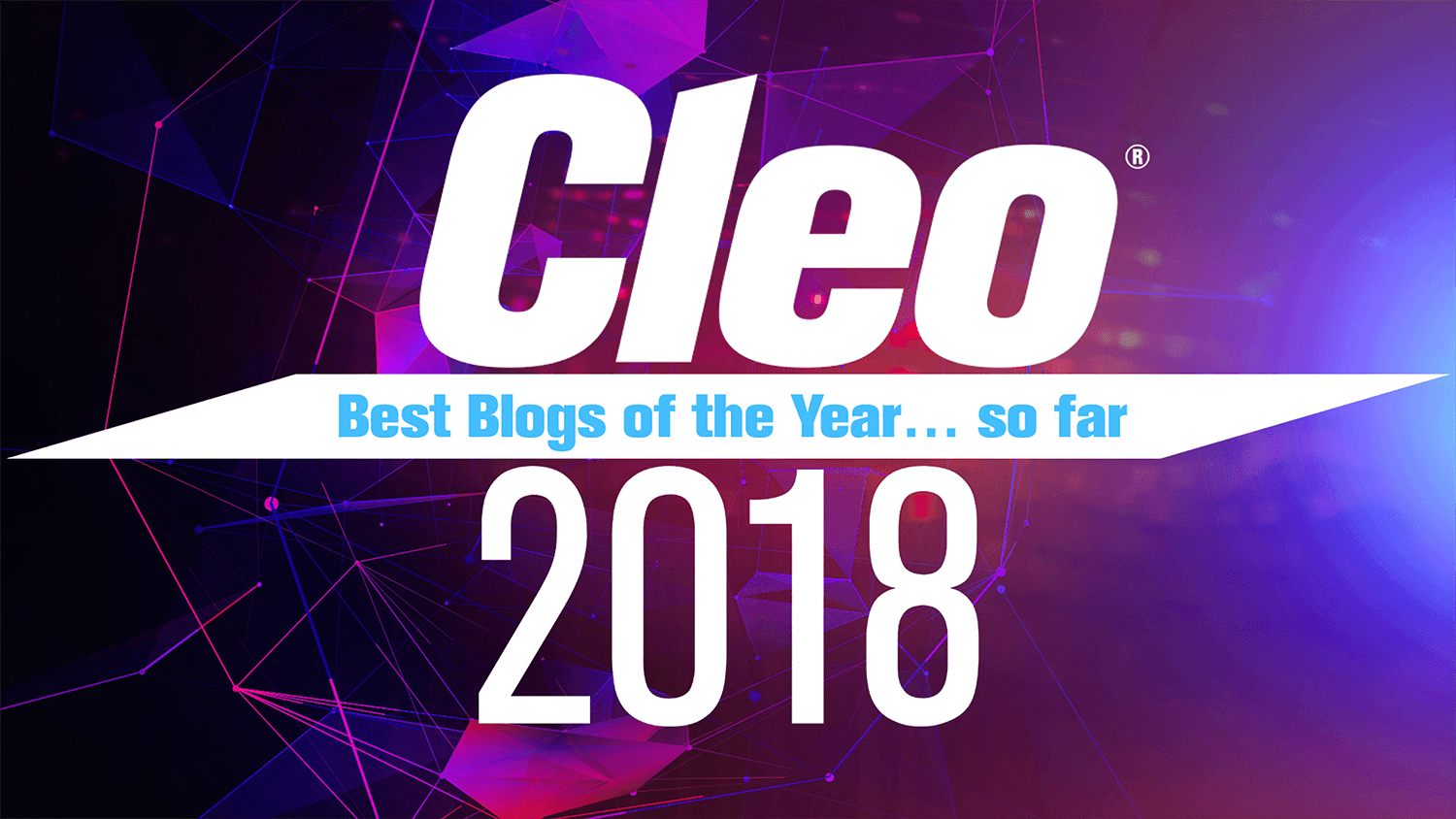Blog: Cleo’s Best Blogs of 2018 (So Far)

The year 2018 is somehow already past the halfway point, and as we embark into the next half of the year, let’s take a moment to reflect on some of the happenings in the world of technology and integration.
Cleo has published dozens of blog posts covering many of these topics, from EDI to platform as a service, and several entries dive deeper into trends affecting the logistics, healthcare, and the financial services industries. So, without further ado, we present the top five Cleo blog posts for the first half of 2018.
1. B2B Integration vs. A2A: A Chicken and Egg Story
On May 31st, the very first edition of “Think Tank with Frank Kenney” was posted. Frank Kenney has decades of analyst and integration industry experience, and every other Thursday he takes his readers on a journey through integration topics ranging from what’s happening in today’s climate to what is poised to disrupt the space going forward.
Kenney’s first article tackled the topic of business-to-business (B2B) and application-to-application (A2A), specifically asking the question: “Is B2B integration a part of the larger A2A integration domain or is A2A integration representative of a portion of the overall B2B equation?”
Kenney predicts that companies will hit many of the same integration brick walls that EDI hit before standardization 40 years ago or so. B2B standards, protocols, and methodologies can potentially hinder innovation. Companies need a modern view to break the mold and have a fully-formed B2B strategy.
2. 10 Mind-Boggling Figures that Describe the Internet of Things (IoT)
The opening line of this blog on the Internet of Things (IoT) says it all about why it is such an intriguing technology: “Whatever the Internet of Things is today could be much different just weeks from now.”
Nobody can truly predict just where IoT applications are headed. A highly connected network of people, systems, and devices grows in parallel with other groundbreaking technologies, such as cloud computing. The Internet of Things continues to expand as network capabilities expand, and it scales as data analytical tools scale. Some of the numbers in the top 10 list are staggering:
- By 2020, the IoT market will grow to $8.9 trillion.
- By 2025, the number of IoT devices will top 75 billion.
- The predicted IoT economic impact will grow to $11.1 trillion by 2025.
As clearly evidenced by those numbers, the Internet of Things is not only going to be around for a long time, it is only going to get bigger, better, and more pervasive.
3. The Amazon Effect: How to Prepare and Adapt to Win
At the risk of making the understatement of the century, Amazon is everywhere. But while it’s everywhere from a consumer basis, it’s also greatly changing the way businesses are run. Because of how Amazon delivers products to customers, companies must now operationalize technology infrastructures to integrate systems and applications to support a variety of data-driven business processes, including with third-party logistics organizations.
The name of the game is service, as Amazon has proven, and companies must modernize service offerings with an integrated supply chain that is agile and responsive. Whether shopping in person or online, Amazon has proven that customer service can be everything.
In delivering a better service experience, companies must embrace three pillars of technology – multi-enterprise integration, application integration, and big data integration. Advanced integration solutions enable companies to support all three compete and thrive in this new world that Amazon has created.
4. How Companies are Attempting to Shore Up an Obvious Security Gap
Call them USB drives, thumb drives, flash drives, or whatever you want, these popular portable storage devices have been around for a very long time based on their convenience, cost, and ubiquity. And since the early days, there have been attempts by businesses to control and regulate these devices as they’ve become new vulnerability points – and a very real threat – for large businesses.
USB flash drives aren’t inherently secure. They are small and easy to misplace, and most lack encryption. Additionally, malware infections can reprogram a flash drive to steal data and/or overwrite firmware to control any device. That’s why companies are adopting more modern ways to share information securely that don’t involve using outdated flash drive technology.
Cloud file sharing, document collaboration tools, and enterprise file sharing solutions offer a much better way for companies secure their important data exchanges. And while there probably will never be a completely foolproof way to prevent security breaches, these approaches allow companies to adequately govern data access and securely share data critical to the enterprise.

About Cleo

Instantly access demo videos

Comprehensive Guide to Gaining B2B Control

Duraflame Case Study
